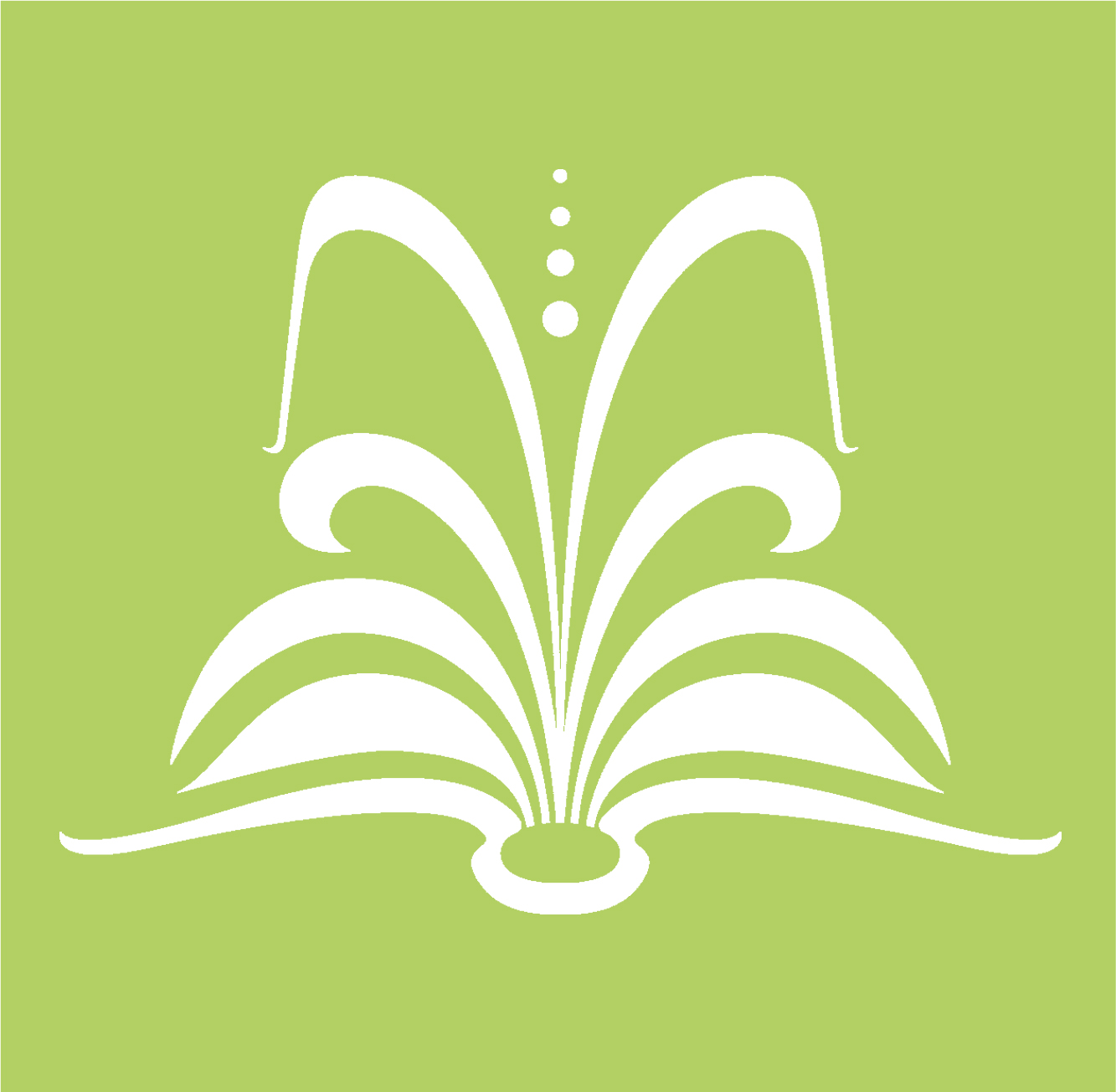Blog
April Reopening
Morrab Library will be opening again on the 14th April, although still in a very limited capacity. The necessity to keep staff, volunteers and members as safe as possible remains our first priority, and we will need to continue to work within the context of health and safety legislation and best practice guidelines for libraries to achieve this.
It needs to be said that while the staff will do all it can to make the library as safe as possible, we cannot of course guarantee it 100%, so each member will need to make their own decision about whether they feel they can visit.
Opening hours and access
- The library will open Wednesday, Friday and Saturday from 10.00 am to 3.30pm.
- The library will be open for book loans and returns, and for readers who wish to book a workspace on the first floor or access the newspaper collection.
- Entry will be by appointment only. We need to be very strict about how many people can safely be in the library and share spaces at the one time. You can email us at : enquiries@morrablibrary.org.uk or telephone 01736 364474 and leave a message with your name and contact entails – staff will contact you to arrange an appointment.
- Please don’t try to visit unless you have received confirmation of your appointment time. We do not want you to have to queue outside for any lengthy period.
- Please book for an appointment as far in advance as you can to avoid disappointment.
- You do not need to make an appointment if you are only returning or collecting books and do not wish to enter the building beyond the entrance foyer.
- When you come to borrow books we will be able to welcome you for a visit of 30 minutes. If you are isolating as a household, a couple or family can come in together.
- Only library members (or members of their household) will be able to access the building – we will sadly not be able to welcome any visitors at this stage, unless they are expressly wishing to join as a new member.
- We cannot accept any book donations at this time.
- The Photo Archive will not be open to visitors on Thursday mornings at this time, but please email photoarchive@morrablibrary.org.uk, or call the library and we can pass on any enquiries.
While you are with us
- It will not be possible to remain in the library beyond choosing or returning books, or working in your reserved room.
- Hand sanitiser will be on offer at the front door, and we will ask that you make use of it BEFORE entering the building. There are additional hand sanitising stations throughout the building.
- It is a legal requirement that you wear a face covering whilst moving around the building, unless you have a legitimate reason for not being able to do so.
- Social distancing practices will be in place (working to the 2 metre rule) and staff will be working behind a temporary screen.
Loans and Returns
- If you are returning library books, please bring them in a bag (preferably one you don’t want back), and include a note with your name on it. There will be special boxes in the foyer where you can leave them – in keeping with health and safety guidelines, they will need to be quarantined for 72 hours before staff can process them.
- The lifting on restrictions on the number of loans will remain, meaning you can borrow more than six books at a time. If you don’t feel comfortable coming to the library yourself, you can nominate a fellow member, friend or family to borrow and collect books on your behalf.
- We will be offering a collection service. If you send us a list of titles you are seeking, we can check our holdings and the shelves, and if they are available, we can bag them up and leave them for you or a friend or family member to collect from the foyer, so you won’t have to come into the rest of the building.
- The magazines and newspapers normally located in the Reading Room will be moved to the tables in the Jenner Room, and be available for loan.
Amenities
- The ground floor toilet will be available, but we ask that it be accessed only if completely necessary. Please leave the space as clean as possible after use. A hand sanitising station will be located just outside.
- Sadly, the kitchen will be closed to members, and not accessible.
- Lockers will not be in use. Bags must remain with you. They cannot be left at the desk or elsewhere.
- The till will be in operation for book and other sales, donations and new memberships and renewals. Payment by card is our preferred option, although we will accept cheques and cash. Appropriate hygiene measures will be in place for using the till.
- The photocopier will only be available for the use of library staff, but we will happily copy anything you need on your behalf.
- The lift will be in operation and hand sanitising stations will be available in the foyers on each floor.
- Parking at the library should generally be possible during this time, although if you would like to be guaranteed a parking spot, please let us know when you make your appointment.
Cleaning
- Library staff will carry out regular cleaning of ‘hotspots’ around the building throughout the day, such as door handles, stair bannisters and the toilet.
- We will also undertake a deep clean of the library after hours each day.
- Desks, chairs and other items will be cleaned in between room appointments.
Please contact the Library (enquiries@morrablibrary.org.uk), or leave a message on 01736 364474 and we’ll call you back, if you have any questions or concerns.
We would also like to offer my assistance to any of you who will need to continue to self-isolate and won’t be able to visit, or do not have anyone who can borrow books on your behalf. Please get in touch so we can find a way to help you if we can.
I know this remains a less than ideal situation, but hopefully it won’t be too much longer before we can return to the normality of the Morrab Library we all love so much. Thank you so much for your wonderful support throughout lockdown, and as we move forward into the new year.
Lisa Di Tommaso
Librarian
Conrad Gesner – fantastic creatures and ancient books
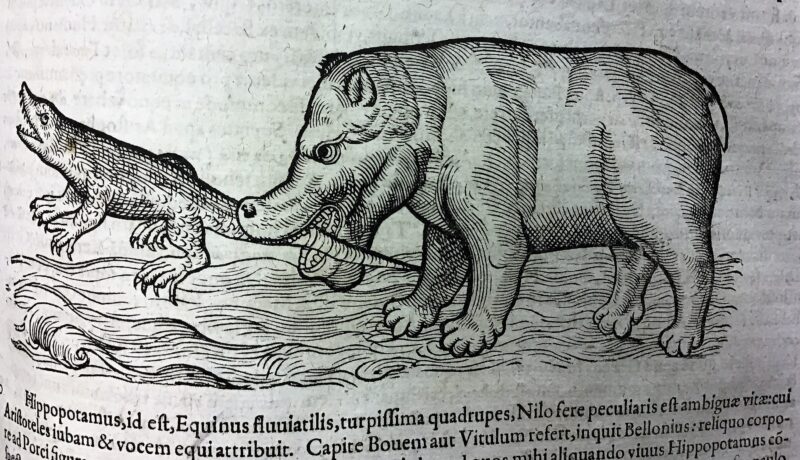
Humans have been drawing what they see of the natural world for over 40,00 years. Initially capturing images on rocks and in caves, this evolved over many centuries into hand drawn depictions and written descriptions being recorded in manuscripts. The development of the printing press in the 15th century changed everything – it was the first time mass produced books, complete with images, could be disseminated to a far wider audience than ever before. This, alongside developments in shipbuilding which allowed further travels afar, generated enormous interest and a huge demand for knowledge about the natural world beyond people’s own geography.
This period heralded the time that the science of natural history emerged, when many naturalists tried to make sense of the world, studying, collecting and classifying species and publishing compendiums and encyclopedias. This was also still a time when people accepted myths, legends and monsters as reality, so it was not unusual to believe in both science and the existence of dragons and unicorns.
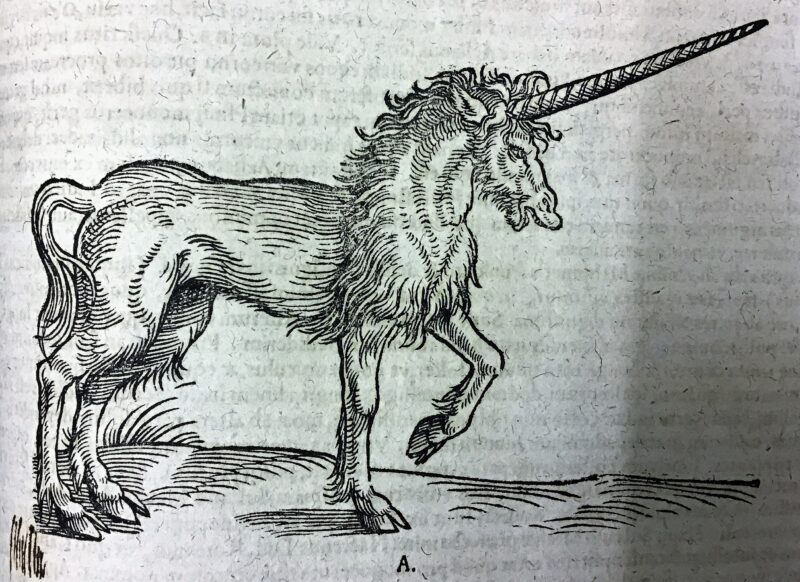
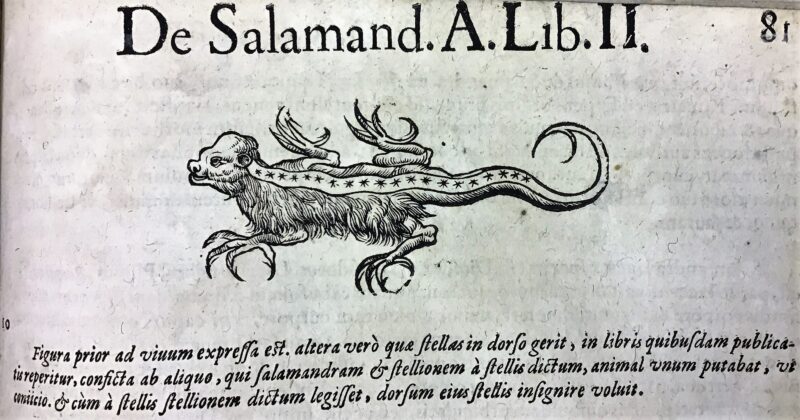
Many published naturalists at this time didn’t travel far. Instead they relied on (sometimes distorted) descriptions of animals that fellow travellers and explorers had seen in order to create an image. As a result, depictions of animals weren’t always entirely accurate, and mythical creatures such as satyrs, hydras and sea monsters were often to be found depicted in the pages between horses and geese. They couldn’t prove that the creatures described didn’t exist, and there was no David Attenborough on hand to tell anyone otherwise, so everything was included. For example, many sailors told of amazing sea creatures and mermaids on their journeys, but it must be remembered that fresh water wasn’t available and rum was the drink of choice onboard! They may well have just been exaggerations of quite normal, or now extinct, sea creatures.
One of the earliest published naturalists was Conrad Gesner. A Swiss national who rarely travelled far and who died from the plague at the age of 49, he published widely on a number of subjects. His magnum opus however was the five volume Historia Animalium (1551-1558), comprising more than 4,500 pages of images and descriptions of all known creatures at that time. He combined information from his research of historic sources, such as the Old Testament, Aristotle and Pliny, as well as folklore and medieval bestiaries, with his own observations to create the first comprehensive description of the animal kingdom. Historia Animalium was also one of the first books to be illustrated with woodcuts drawn from personal observations by Gesner and descriptions from his colleagues. It was published in the two recognised scientific languages of the day – Latin and Greek.
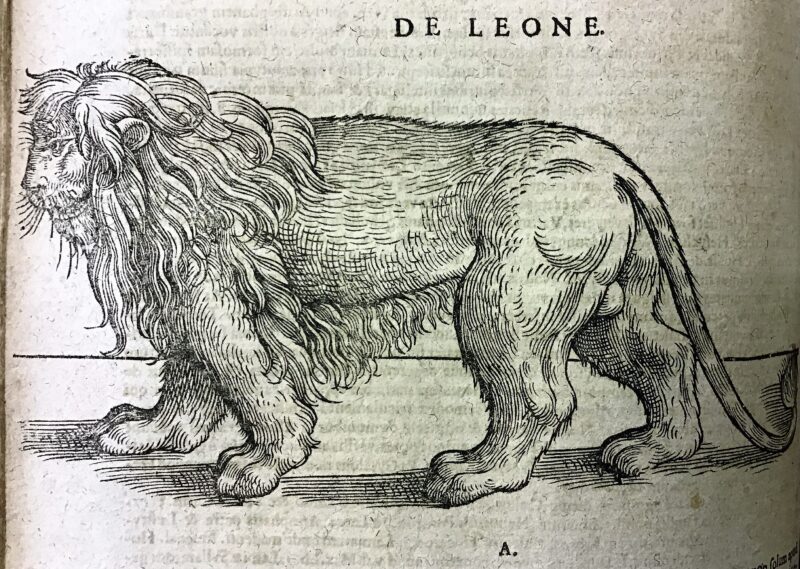
The book wasn’t without its controversy. Pope Paul IV added Historia Animalium to the Catholic Church’s list of prohibited books. Gesner was a Protestant and the Pope felt that his faith contaminated his observations and writings.
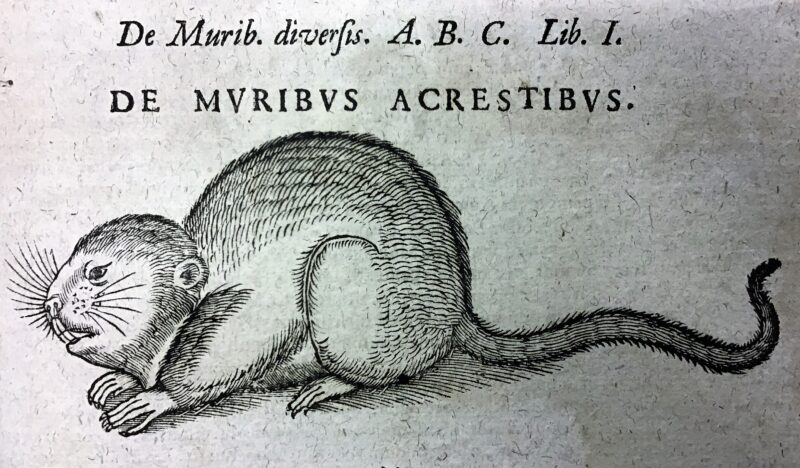
The legacy of Gesner and other naturalists of his time cannot be underestimated. They were the people who established the basis of the science of zoology, classification and taxonomy – the first to try to categorise like groups of species together. Their drawing style and technique still influence the way scientific illustration is presented today. And the volumes provide an important snapshot into society’s knowledge, and beliefs of that time, where mythology and science were beginning to disconnect.
Morrab Library is fortunate to hold the first two of the five volumes of Historia Animalium in its collections. Our editions are dated 1617-1620, around 70 years after they were first published, and they are a very special treasure amongst our collections.
Lisa Di Tommaso, Librarian

Women Writers and Georgian Cornwall – by Charlotte MacKenzie
Library member and writer, Charlotte MacKenzie, has written this short piece about her latest book –
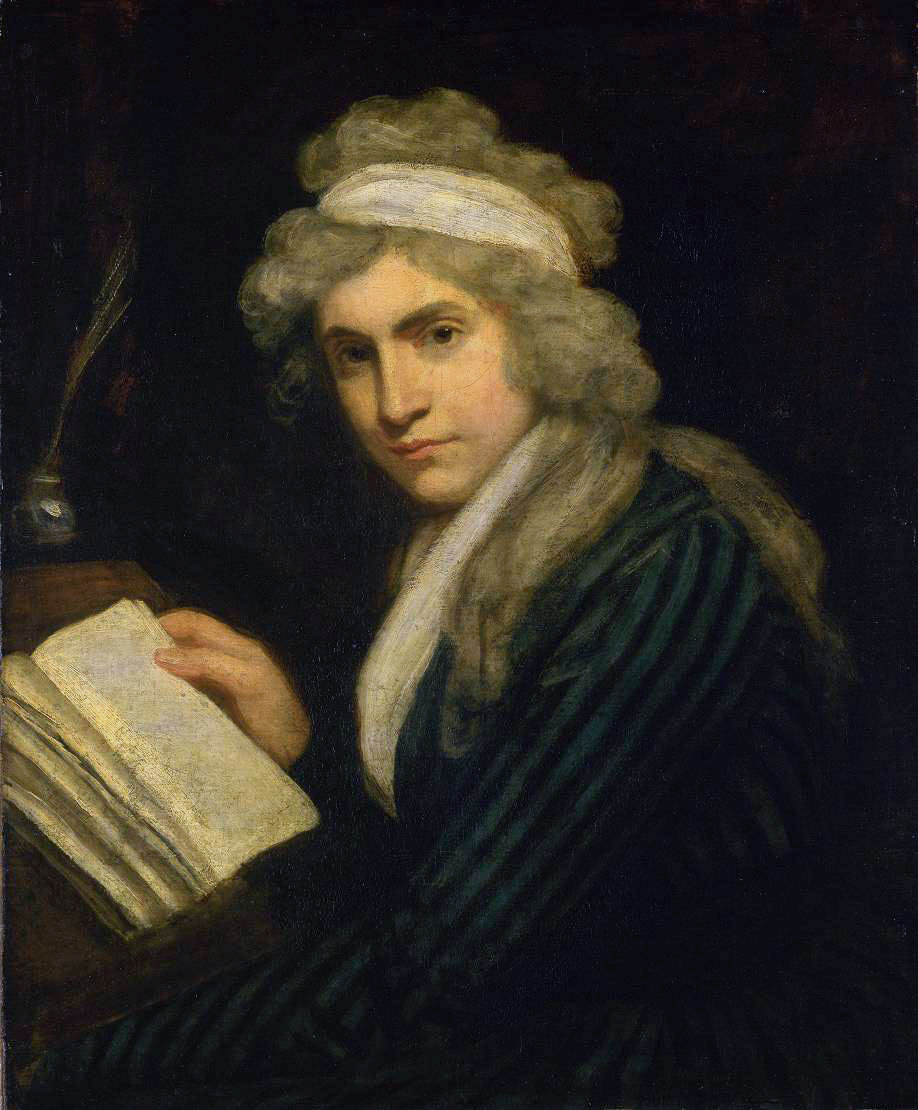
Mary Wollstonecraft’s youngest sister Everina was appointed in 1797 as governess to the family of the second Josiah Wedgwood. The events which followed affected the lives of five women writers three of whom had close family associations with Cornwall. In February Everina stayed with Mary in London before travelling to the Wedgwoods. During her visit Everina went out for the day with a friend, the poet Anne Batten Cristall who had been born in Penzance.
Mary was three months pregnant and married William Godwin in March. After Mary gave birth to her second daughter the placenta failed to deliver. The novelist Eliza Fenwick, who was the daughter of a Methodist itinerant preacher from Newlyn, nursed Mary. Godwin then asked Eliza to write to Everina with the news that Mary had died. Everina made plans with her sister Eliza Bishop to adopt Mary’s two daughters. After visiting her sister in Ireland Everina did not return to the Wedgwoods. Fanny Imlay and Mary Godwin, the future author of Frankenstein, continued to live with William Godwin.
In October the Wedgwoods arrived at Mount’s bay in Cornwall where they had taken a house for the winter and their daughter Charlotte was born. By the spring the Wedgwoods were searching for a new governess. They appointed Thomasin Dennis who later wrote and published a gothic novel while she was living at Trembath near Penzance.
Fifteen years later the families of a Cornish Admiral’s widow and a banker who was a widower were part of the same social circle in Truro. These families included at least four female members who later published novels or verses. Two of the banker’s daughters, Charlotte Champion Pascoe and Jane Louisa Willyams, published a novel together in 1818 after Walter Scott sent their manuscript to his publisher. Louisa and Charlotte both later separately published their individual writing.
The Michell family had returned to Truro after living in Portugal. Charlotte’s friend Anna Maria Michell, whose married surname was Wood, published verses in magazines and in 1838 printed a volume of verse including some of her translations from Portuguese and Italian. The youngest and most prolific writer was Emma Caroline Michell, who had been born at Lisbon, and who many years later started to write when aged in her 60s and published thirteen sensation novels which were mostly set in Cornwall; initially using the pseudonym ‘C. Sylvester’ and later in her own married name Lady Wood. She also published a volume of verses with her daughter Anna Caroline Steele who was a writer; as was another of her daughters Emma Barrett-Lennard who was also a composer who set songs to music.
When I discovered the writing of these women and others like them who had strong associations with Cornwall, I wanted to tell their life stories. Women writers and Georgian Cornwall (2020) is available from online retailers as a paperback or EPUB. Readers are welcome to contact me charlottemackenzie1@gmail.com
You can watch Charlotte’s online talk for Kresen Kernow here.
